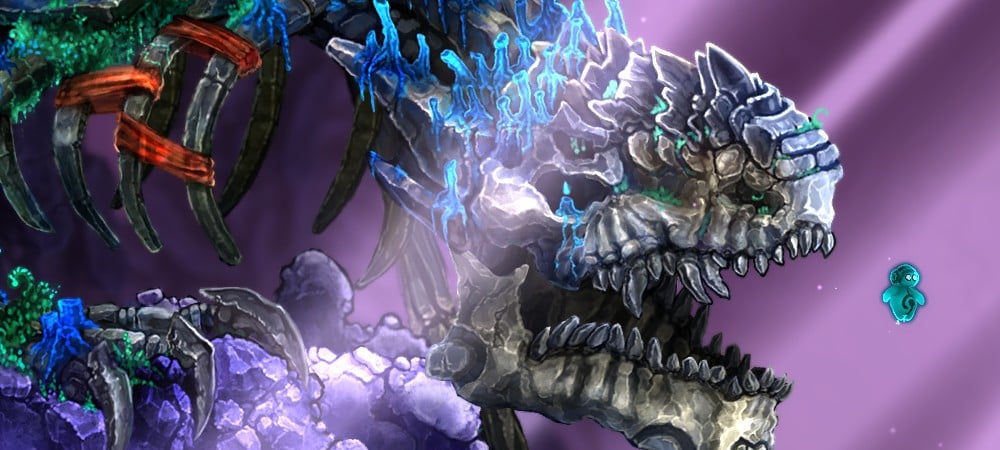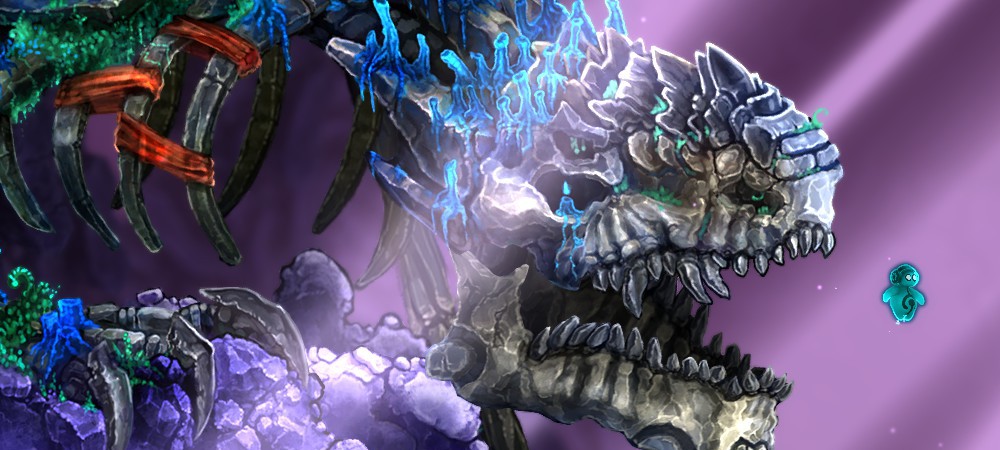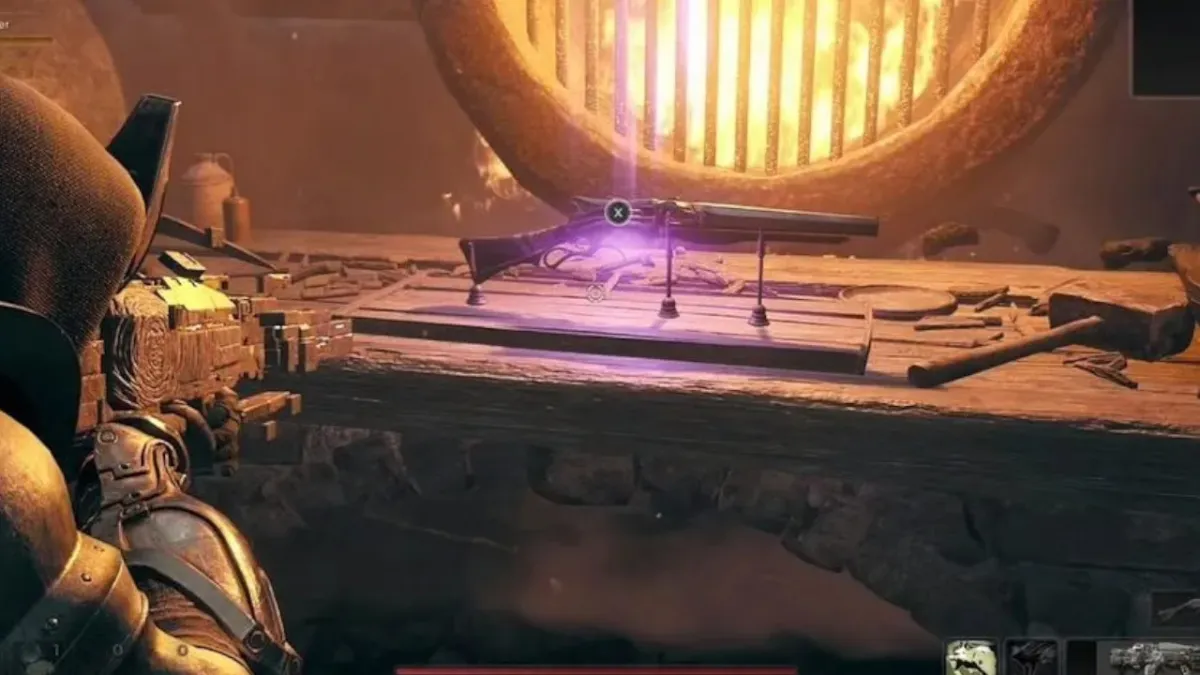A bit trippy
Genre blending is becoming more and more common as developers explore different gameplay styles. As with puzzle and role-playing, rhythm elements are often folded into otherwise unrelated games to various degrees.
BeatBuddy: Tale of the Guardians puts quite a bit of focus on the musical gameplay. It is sometimes about exploration, sometimes features puzzles, sometimes requires combat action, but is always considering how those affect the overall audio character. Music is the entree here, and everything else serves as garnish.

Beatbuddy: Tale of the Guardians (Mac, PC [reviewed])
Developer: Threaks
Publisher: Reverb Publishing
Released: August 6, 2013
MSRP: $14.99
Rig: AMD Phenom II X2 555 @ 3.2 GHz, with 4GB of RAM, ATI Radeon HD 5700, Windows 7 64-bit
BeatBuddy stars Beat, a mythical aquatic creature whose existence, along with his sisters Melody and Harmony, ensures that music will thrive. Of course, somebody kidnaps Beat’s sisters, so he must strike out to save them. The story won’t be winning any awards, but it gets the job done and gets players into the game efficiently.
As Beat, the player swims around and can dash in any direction at will. The rhythm gameplay is introduced at a trickle. Beat first meets bass drum anemones, which pulse to a steady beat, sending Beat careening in a particular direction when he nears them, allowing him to destroy certain walls. Next are hi-hat crabs, which protrude damaging spikes until they are attacked. Finally, snare bubbles show up, which activate certain switches, and pop to the beat with a snare’s distinctive crack.
Those three basic drum elements set the stage in the levels, each of which features a unique song. The other pieces of instrumentation show up later; bass is provided by creatures that essentially teleport Beat elsewhere, synth noises come from snails that fire plasma shots in the protagonist’s direction. The really interesting idea that BeatBuddy explores is that since each piece of instrumentation is tied to a physical entity in the world, level design affects sound design, and by crafting the areas in particular ways, Threaks essentially remixes each song throughout its featured level.

That said, with each level lasting between 30 and 60 minutes, players will be listening to one song throughout. Though the modular nature of the pieces in BeatBuddy mitigates musical boredom quite well, there is an upper limit to how long it takes for a particular piece to get dull when listened to continuously, and BeatBuddy hits that limit occasionally.
Six levels means the soundtrack features six tracks, each composed by a different artist. Though they are unique from one another, the individual songs do not really cause their corresponding chapters to feel much different from one another. Eventually, the rhythm aspect comes into play in a more active manner, with Beat dashing through snare bubbles when they would pop or punching things (while dancing) to the beat of the music.
Past the musical facet, Beat spends most of his time exploring colorful underwater environments, breaking walls, and trying to find a way to get to the end. There is some light combat that functions fine but never really becomes interesting in any way. There are puzzles that cause a few minutes of head scratching but are not particularly challenging or inspired. There are timed events that make me lament the nature of underwater movement. Ultimately, there are other distractions to keep the experience from becoming too stale, but each on its own is far from outstanding.

What is outstanding is the presentation. Though most of the focus is on the sound design, the visuals put many of BeatBuddy‘s 2D contemporaries to shame, with vibrant, colorful environments made from detailed high-definition textures. Threaks really captured the almost alien wonder found in deep sea organisms. Simply put, it’s beautiful. On rare occasions, the parallax scrolling will cause the foreground art to obscure Beat and his immediate surroundings, but it typically is not a huge issue.
Despite the praise for BeatBuddy‘s incredible art and sound direction, the title as a whole does not stand out as a must-play experience otherwise. The foundation for a great game is built here, but the gameplay ranges from passable to dull. Though it is never an overtly bad experience, the gameplay lacks any truly enthralling aspect to propel the player through. With a forgettable narrative, the only thing that really shines here is how BeatBuddy takes a song and really plays with it, both musically and physically within the environments. For some, that may be enough.





